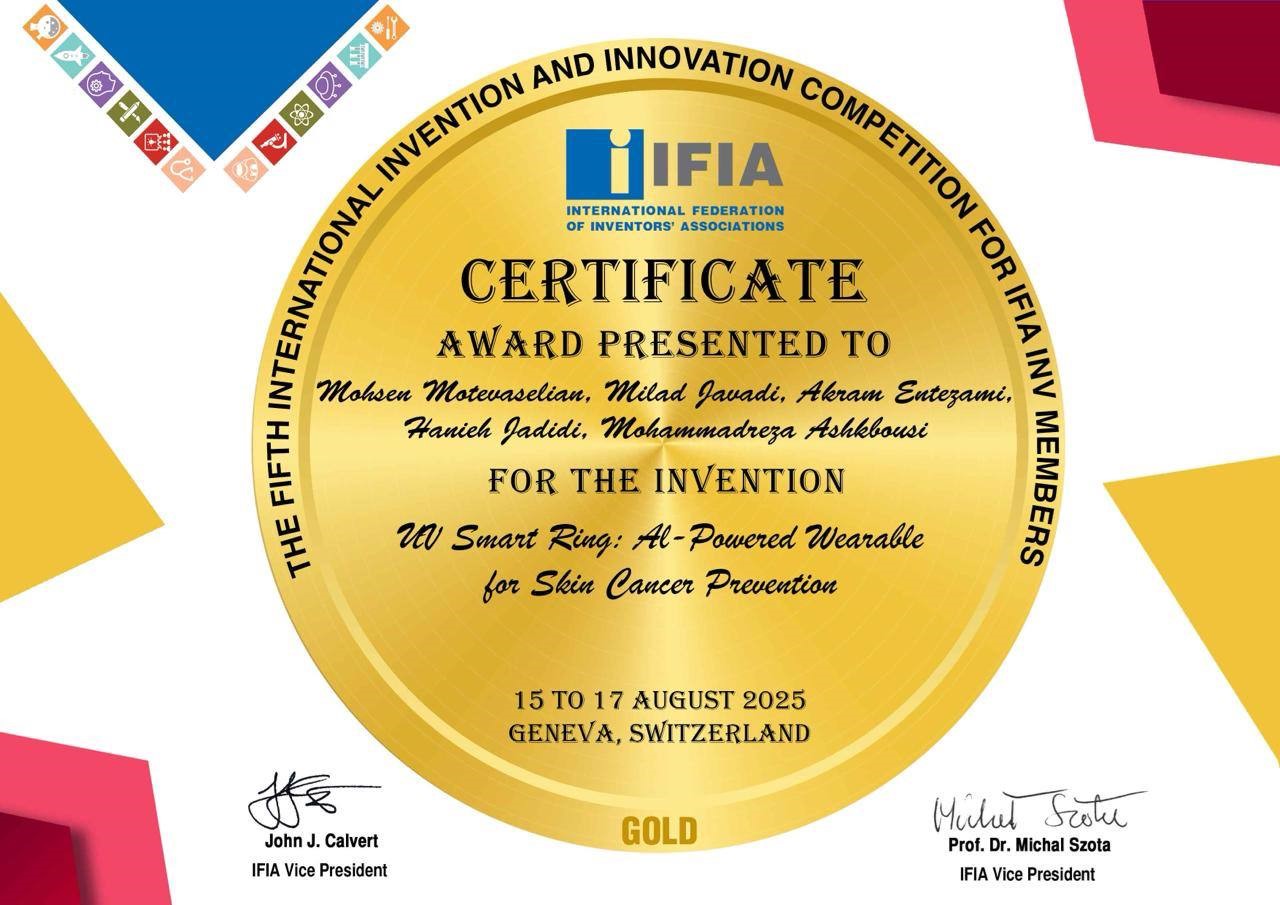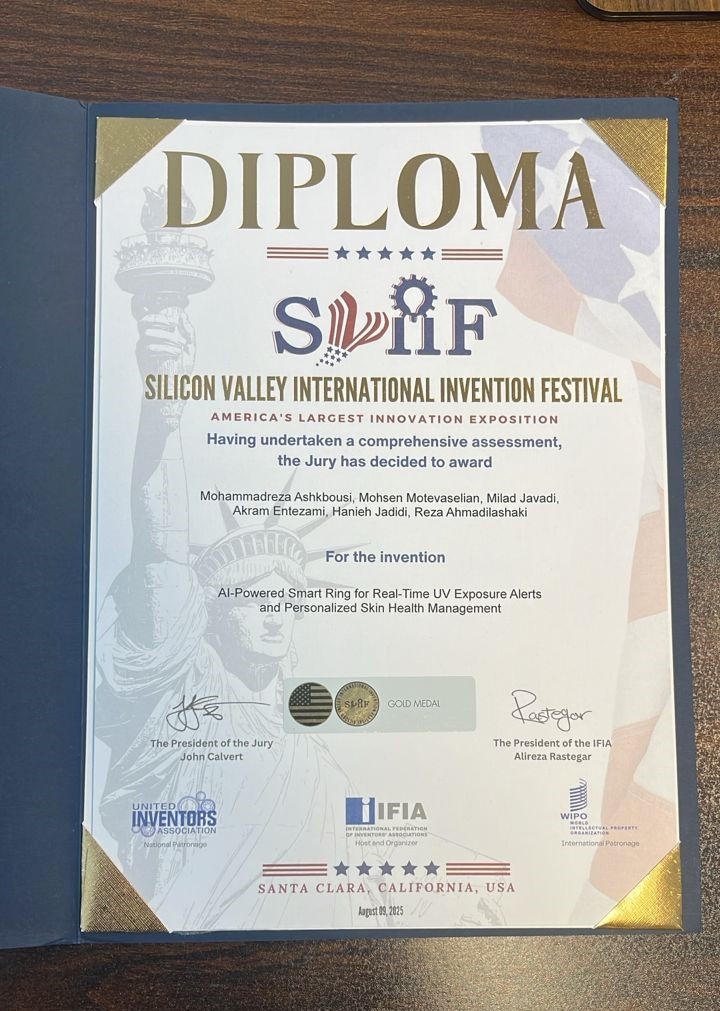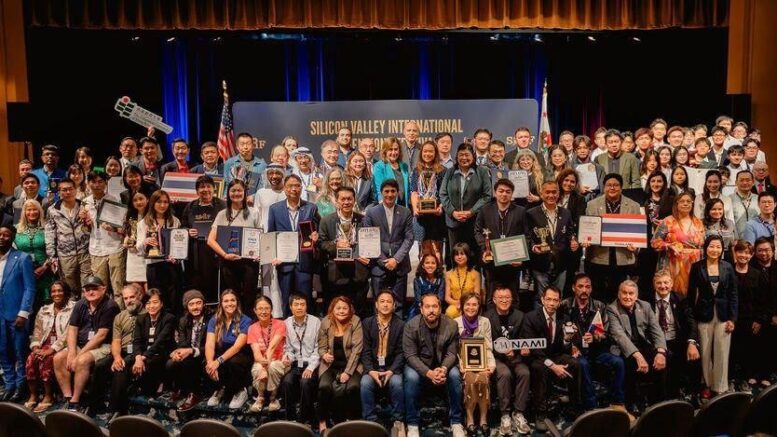Radiology is often described as the silent language of medicine—a field where images speak volumes about the hidden conditions inside the human body. For Dr. Mohsen Motevaselian, however, radiology is more than a diagnostic specialty; it is a philosophy of seeing, understanding, and ultimately reshaping the way medicine engages with human lives.
“Every scan is more than a picture,” he reflects. “It is a story of risk, resilience, and possibility. The question is not only what we see, but how we use that knowledge to prevent suffering before it begins.”
This conviction has guided a journey that spans continents and disciplines. From research breakthroughs in imaging safety to gold medal-winning innovations in wearable health technology, Dr. Motevaselian has become recognized as both a radiologist and an inventor—someone who bridges clinical rigor with imaginative problem-solving. His global vision, rooted in compassion and science, is to transform data into diagnosis, and diagnosis into hope.
Beginnings: The Call of Radiology

From the earliest days of medical training, Motevaselian was captivated by the intersection of science and humanity. He gravitated to radiology not only for its intellectual challenges but also for its profound responsibility. “Radiology is like a compass,” he says. “It guides decisions that can change everything—from whether a patient needs surgery to how urgently treatment should begin.”
But entering radiology was not without obstacles. He recalls long nights in crowded emergency rooms, where he balanced clinical duties with a growing appetite for research. Fatigue was constant, but so was curiosity. He began to see imaging not as an end point, but as part of a larger process of early detection, risk reduction, and prevention. This outlook would shape every project that followed.
Research Rooted in Impact
Dr. Motevaselian’s academic work has consistently explored how imaging can reduce harm and improve outcomes.
- MRI in pregnancy: His research demonstrated how MRI could safely and effectively diagnose acute appendicitis in pregnant women, sparing both mothers and unborn children from unnecessary surgical interventions.
- Stroke and thrombectomy: He investigated the risks of intracranial hemorrhage after mechanical thrombectomy, one of the most urgent procedures in modern medicine, offering insights that sharpened protocols for stroke care.
- Small bowel obstruction: Through a systematic review and meta-analysis, he clarified how different imaging techniques could help distinguish cases requiring surgery from those manageable without it.
In each study, the through-line is clear: use imaging not just to observe, but to intervene wisely, earlier, and with greater precision.
“Radiology is often seen as passive,” he notes. “But in truth, it is profoundly active. It influences choices that save lives every day.”
The Digital Turn: Radiology Meets Artificial Intelligence

As imaging technology advanced, so too did Motevaselian’s curiosity. He was quick to recognize the potential of artificial intelligence (AI) in radiology, especially in processing the ever-expanding volume of CT and MRI scans.
His work has involved applying deep learning algorithms and image-processing models to improve speed and accuracy in interpreting medical images. Yet he emphasizes that AI should not be seen as a replacement for radiologists. “AI can amplify human expertise,” he explains. “It can process vast amounts of data in seconds, but it still requires clinical judgment to connect findings with patient care.”
For him, the most compelling promise of AI lies in democratizing access to high-quality diagnostics. In many regions, patients wait days or weeks for imaging results. “AI has the power to shorten those timelines, to bring precision medicine to underserved areas,” he says.
The integration of AI into radiology, however, is not without ethical challenges. Issues of bias, privacy, and equitable access remain unresolved. Yet Motevaselian sees these as hurdles worth confronting. “The risk of inaction is greater than the risk of innovation,” he insists.
Innovation Beyond the Hospital: A Wearable Solution

While his academic work deepened, Motevaselian’s inventive spirit led him outside the walls of the hospital. He conceived a device that could extend medical insight into daily life: a smart ring designed to monitor ultraviolet (UV) exposure and physiological data to predict the risk of skin cancer.
The device integrates a UV sensor under a protective dome lens, a pulse oximeter, and a skin resistance sensor. Its microcontroller processes real-time data, triggering tactile and visual alerts when harmful UV exposure is detected. Data is then transmitted to a mobile app, where an AI engine evaluates exposure history, physiological trends, and lifestyle factors to produce personalized risk assessments and behavioral recommendations.
The innovation quickly gained global recognition. In 2024, it won gold medals at both the Silicon Valley International Invention Fair in the United States and the Geneva International Exhibition of Inventions in Switzerland. These honors, among the highest in the world of invention, validated not only the device’s novelty but also its potential impact.
“Skin cancer is one of the most preventable cancers,” Motevaselian explains. “By giving people real-time feedback and guidance, we can change behavior before damage accumulates. It’s about shifting medicine from reaction to prevention.”

